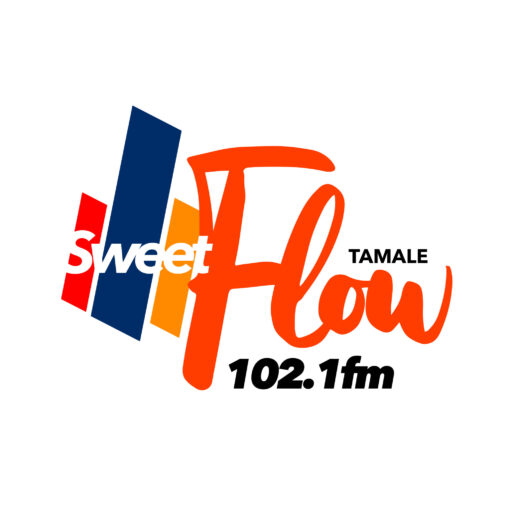According to a research by the International Monetary Fund titled “Private Savings and COVID-19 in Sub-Saharan Africa” by the International Monetary Fund (IMF), Ghana has the fourth-highest private savings in Sub-Saharan Africa (SSA).
In spite of the economy’s difficulties, the research noted that private savings in Ghana increased from around 24% in 2019 to about 30% in 2022.
Again, the region’s greatest savers are middle-income, oil-exporting nations like Ghana.
The report also stated that private disposable income had significantly increased throughout the nation.
“The private saving rate in SSA grew during the past 20 years, rising from 11.5 percent in 1983 to an average rate of 17.3 percent in 2019.”
However, there is significant heterogeneity across the SSA countries. Oil exporters and middle-income countries (MICs) are the highest savers in the region. Private saving rates, as expected, are particularly low in fragile states and low-income countries (LICs),” it pointed out.
The World Bank in its recent Global Findex Report said though the share of adults in Ghana having an account at a financial institution remained mostly stagnant since 2017, mobile money account ownership increased to 60 per cent from 39 per cent in 2017.
Again, the July 2022 Banking Sector Development Report by the Bank of Ghana also revealed that deposits recorded a robust growth of 19.1 per cent to ¢131.3 billion as of the end of June this year, albeit lower than the growth recorded a year earlier.
Meanwhile, Gabon is the number one country in Sub-Saharan Africa with the largest private savings of about 34 per cent.

